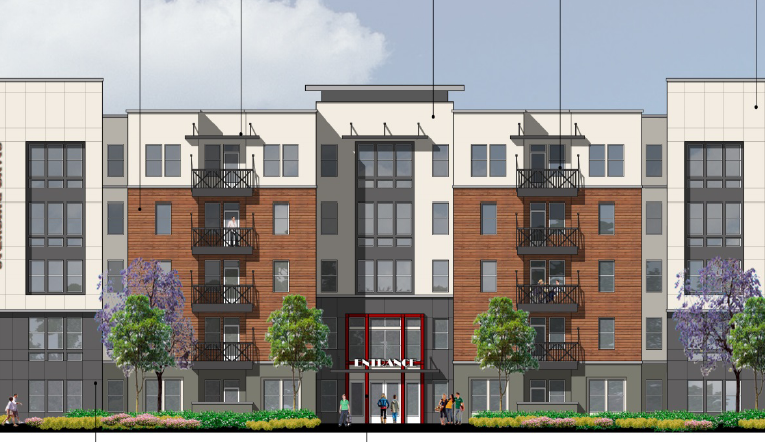
 By Leanna Sweha
By Leanna Sweha
Last Friday’s article about campus housing generated a range of comments with competing views on where best to house students. Included was debate on the proposed Sterling 5th Street Apartments, which is undergoing CEQA review.
Competing views last week also led to the breakdown of talks on Governor Brown’s proposal to spend $400 million on affordable housing in return for a bill allowing “by-right” approval of certain infill housing projects.
The by-right process would work as follows: A multifamily infill project that meets local general plan and zoning standards and which has a minimum number of affordable units would be eligible for administrative approval by local government. That means the project would be exempt from CEQA review.
The bill’s findings state:
“…vitally needed housing developments have been halted or rendered infeasible despite benefits to the public health, safety, and welfare of those developments and despite the absence of adverse environmental impacts.”
The proposal had wide support, including from the cities of San Francisco and Los Angeles, corporate leaders, and a number of non-profit housing advocacy organizations.
However, a larger coalition of other housing and environmental groups objected to the loss of community control through CEQA. Labor groups demanded language be added to guarantee prevailing wages for such projects. These groups walked away from the talks.
So, the bill is dead, and the funding will not be available.
The Governor recently gave an interview in which he said that significant CEQA reform is impossible. Interesting, though, is that Brown has signed a few minor CEQA reform bills. Common to all are breaks for very large projects.
For example, Brown recently signed SB 734, which provides fast-track CEQA litigation for projects over $100 million that the state certifies as meeting certain targets for greenhouse gas emissions and renewable energy. According to the LA Times, four LA mega-developments, including two over $1 billion, will apply for the protections of this law. A previous version of the law, also signed by Brown, benefited the expansion of Apple’s corporate headquarters in Cupertino.
Closer to home is the 2013 law that gave expedited CEQA review to the Kings arena project. Part of the rationale was that the project had to meet specific traffic calming measures and pay prevailing wages. It also required the project to be LEED gold certified.
All this leaves me wondering whether infill projects that can ease the student housing problem will be built in Davis without the help of CEQA reform. It sure seems like Sterling was the kind of project the Governor’s by-right bill was designed to promote.
However, I don’t like the idea of local planning through legislation. That seems contrary to the purpose of CEQA.

The elephant in the room is the effect of CEQA on Measure R. As you recall Measure A got sued under CEQA and the suit is still pending . The question is whether you can have a valid election before all CEQA issues have been resolved. This will add years to the process and make it all but impossible to even have a Measure R vote. Of course while the suit is pending don’t expect any Measure R projects to come to a vote.